The TLS Post-Quantum Experiment

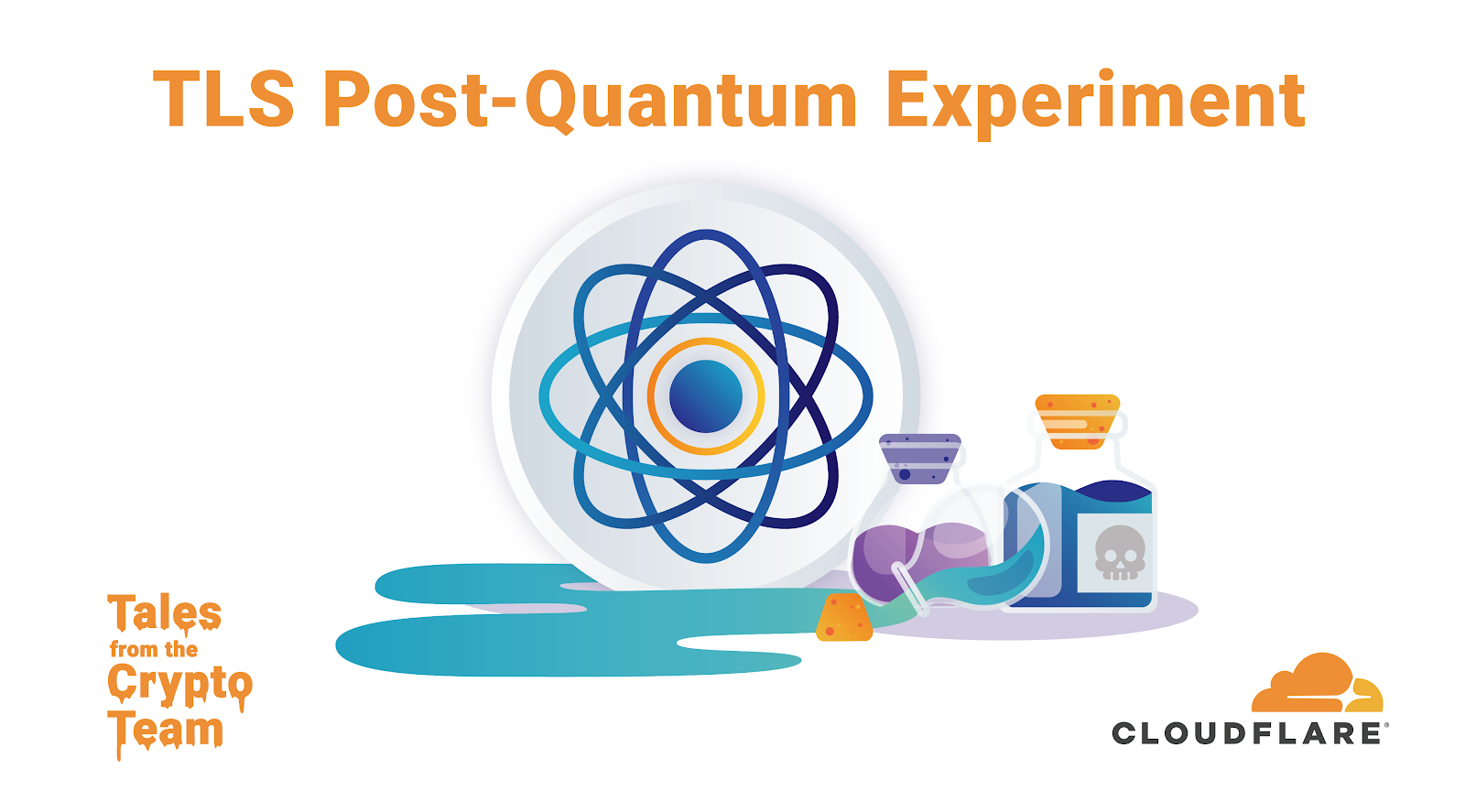
In June, we announced a wide-scale post-quantum experiment with Google. We implemented two post-quantum (i.e., not yet known to be broken by quantum computers) key exchanges, integrated them into our TLS stack and deployed the implementation on our edge servers and in Chrome Canary clients. The goal of the experiment was to evaluate the performance and feasibility of deployment in TLS of two post-quantum key agreement ciphers.
In our previous blog post on post-quantum cryptography, we described differences between those two ciphers in detail. In case you didn’t have a chance to read it, we include a quick recap here. One characteristic of post-quantum key exchange algorithms is that the public keys are much larger than those used by "classical" algorithms. This will have an impact on the duration of the TLS handshake. For our experiment, we chose two algorithms: isogeny-based SIKE and lattice-based HRSS. The former has short key sizes (~330 bytes) but has a high computational cost; the latter has larger key sizes (~1100 bytes), but is a few orders of magnitude faster.
During NIST’s Second PQC Standardization Conference, Nick Sullivan presented our approach to this experiment and some initial results. Quite accurately, Continue reading
Understanding Kubernetes Security on Docker Enterprise 3.0

This is a guest post by Javier Ramírez, Docker Captain and IT Architect at Hopla Software. You can follow him on Twitter @frjaraur or on Github.
Docker began including Kubernetes with Docker Enterprise 2.0 last year. The recent 3.0 release includes CNCF Certified Kubernetes 1.14, which has many additional security features. In this blog post, I will review Pod Security Policies and Admission Controllers.
What are Kubernetes Pod Security Policies?
Pod Security Policies are rules created in Kubernetes to control security in pods. A pod will only be scheduled on a Kubernetes cluster if it passes these rules. These rules are defined in the “PodSecurityPolicy” resource and allow us to manage host namespace and filesystem usage, as well as privileged pod features. We can use the PodSecurityPolicy resource to make fine-grained security configurations, including:
- Privileged containers.
- Host namespaces (IPC, PID, Network and Ports).
- Host paths and their permissions and volume types.
- User and group for containers process execution and setuid capabilities inside container.
- Change default containers capabilities.
- Behaviour of Linux security modules.
- Allow host kernel configurations using sysctl.
The Docker Universal Control Plane (UCP) 3.2 provides two Pod Security Policies by default – which is helpful Continue reading
DNS Encryption Explained
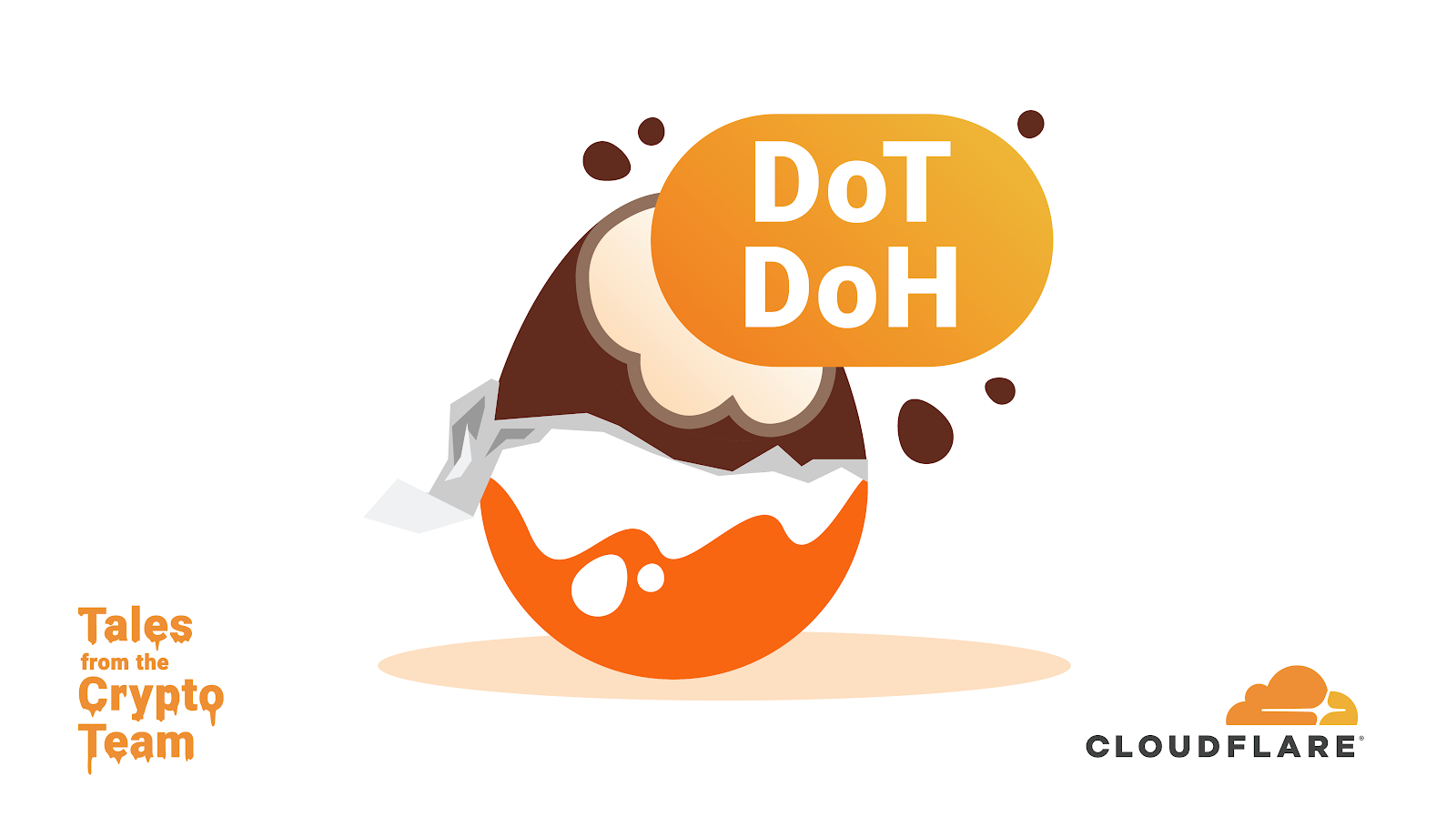
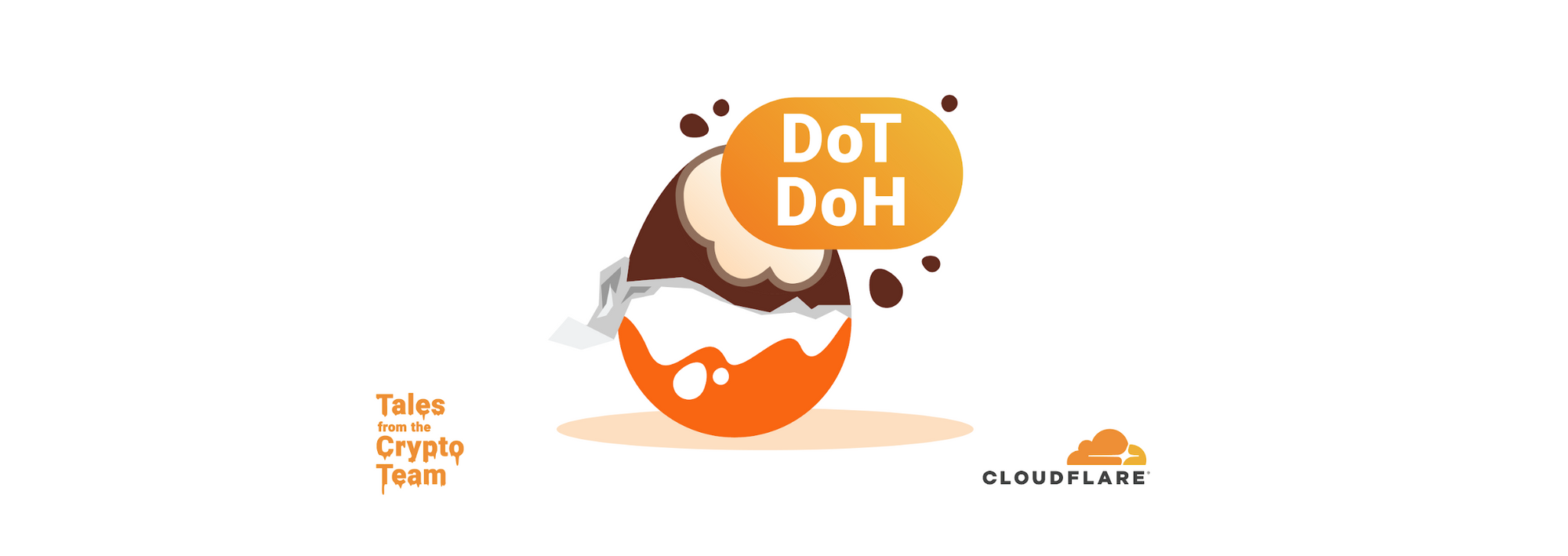
The Domain Name System (DNS) is the address book of the Internet. When you visit cloudflare.com or any other site, your browser will ask a DNS resolver for the IP address where the website can be found. Unfortunately, these DNS queries and answers are typically unprotected. Encrypting DNS would improve user privacy and security. In this post, we will look at two mechanisms for encrypting DNS, known as DNS over TLS (DoT) and DNS over HTTPS (DoH), and explain how they work.
Applications that want to resolve a domain name to an IP address typically use DNS. This is usually not done explicitly by the programmer who wrote the application. Instead, the programmer writes something such as fetch("https://example.com/news") and expects a software library to handle the translation of “example.com” to an IP address.
Behind the scenes, the software library is responsible for discovering and connecting to the external recursive DNS resolver and speaking the DNS protocol (see the figure below) in order to resolve the name requested by the application. The choice of the external DNS resolver and whether any privacy and security is provided at all is outside the control of the application. It depends on Continue reading
Nokia Beats ‘Trust and Security’ Drum to Bolster 5G Position
The key differentiators for 5G operators — beyond a faster, more reliable, and more flexible...
Microsoft Unleashes a Tsunami of IoT Updates
The company unveiled a bevy of new updates to its burgeoning IoT portfolio aimed at addressing...
Supporting the latest version of the Privacy Pass Protocol
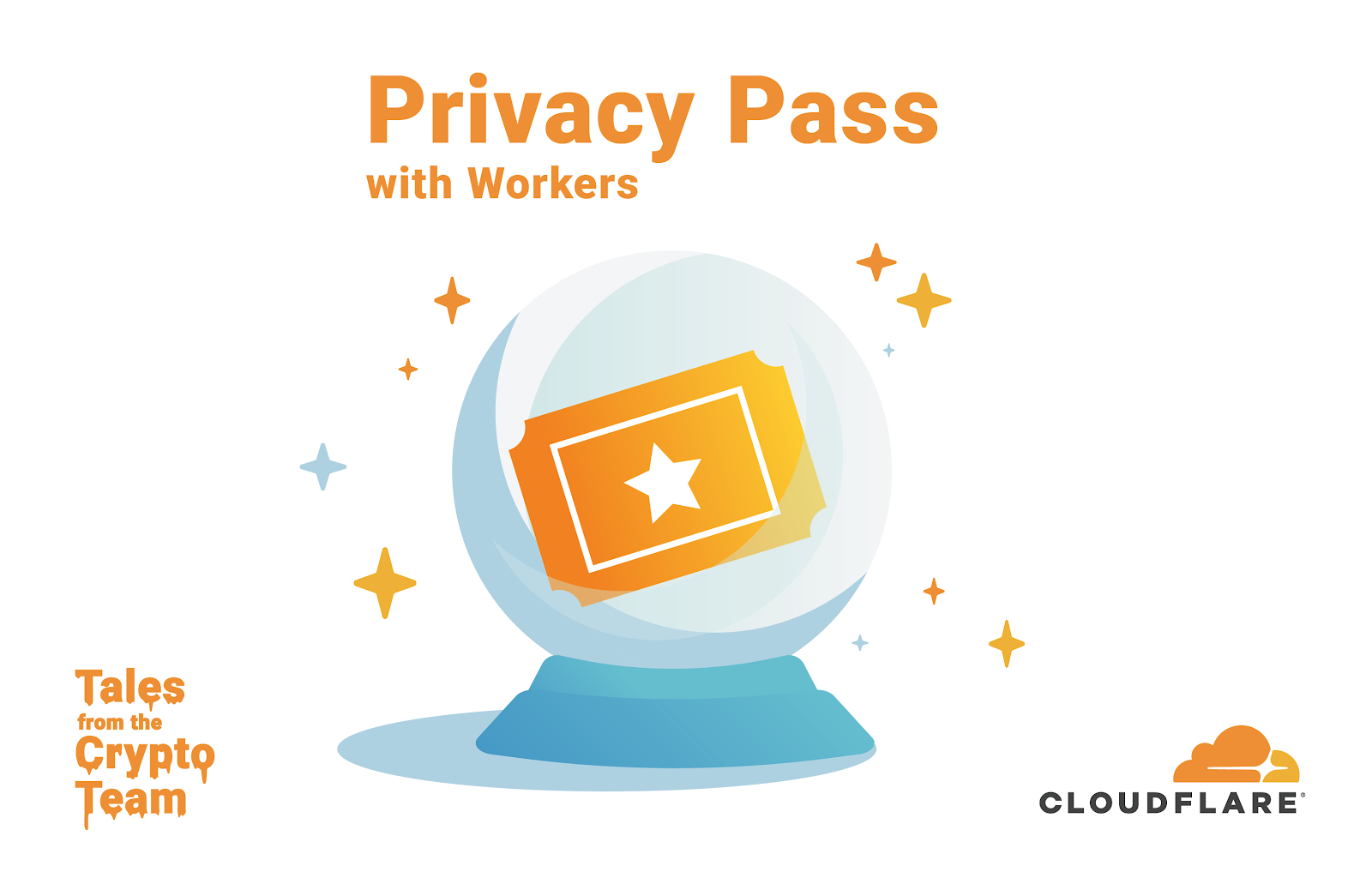
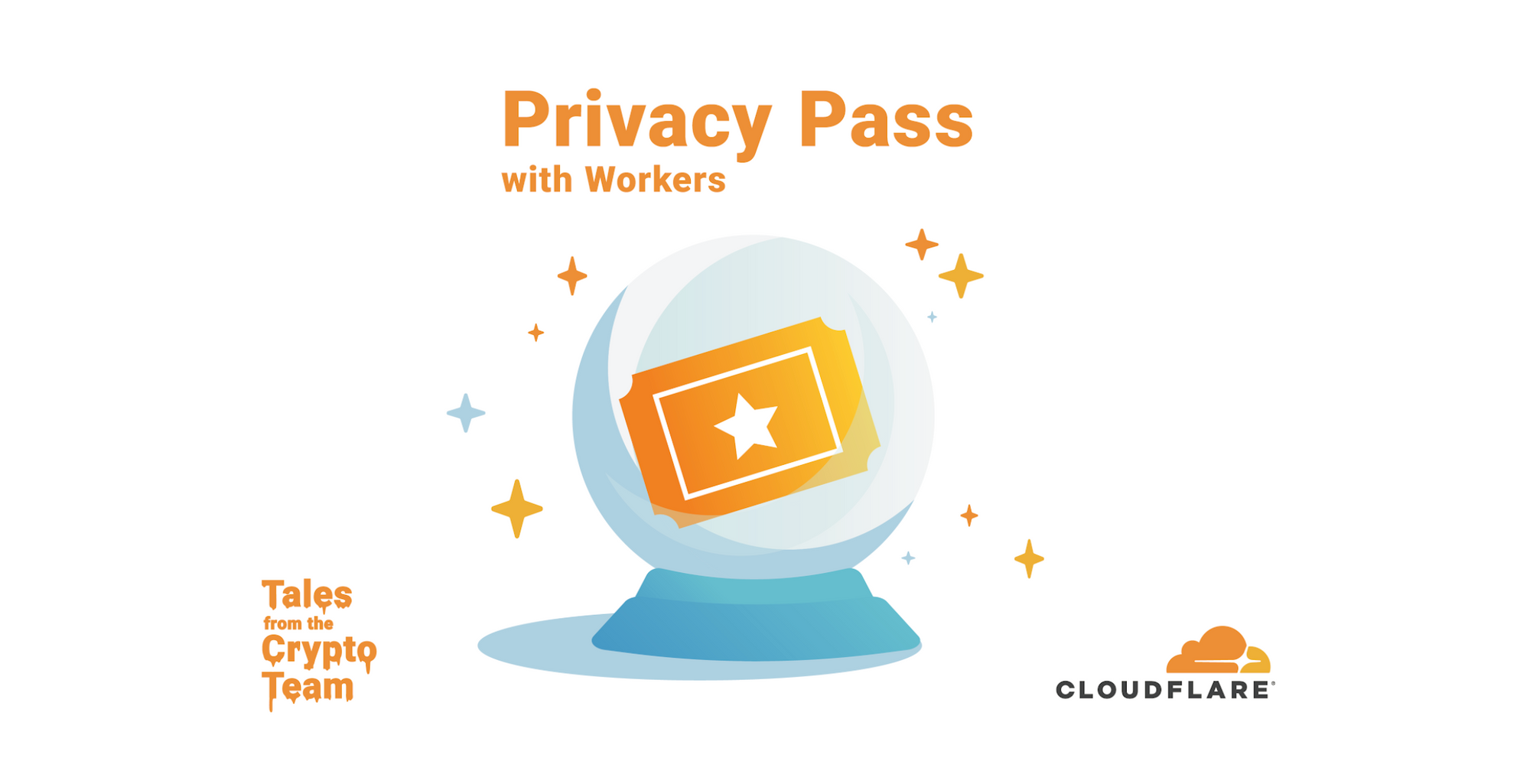
At Cloudflare, we are committed to supporting and developing new privacy-preserving technologies that benefit all Internet users. In November 2017, we announced server-side support for the Privacy Pass protocol, a piece of work developed in collaboration with the academic community. Privacy Pass, in a nutshell, allows clients to provide proof of trust without revealing where and when the trust was provided. The aim of the protocol is then to allow anyone to prove they are trusted by a server, without that server being able to track the user via the trust that was assigned.
On a technical level, Privacy Pass clients receive attestation tokens from a server, that can then be redeemed in the future. These tokens are provided when a server deems the client to be trusted; for example, after they have logged into a service or if they prove certain characteristics. The redeemed tokens are cryptographically unlinkable to the attestation originally provided by the server, and so they do not reveal anything about the client.
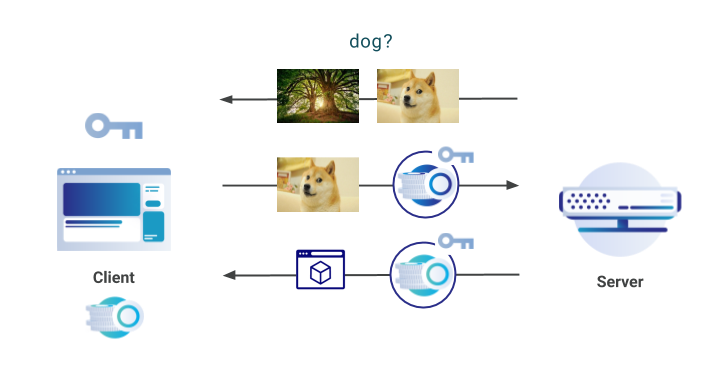
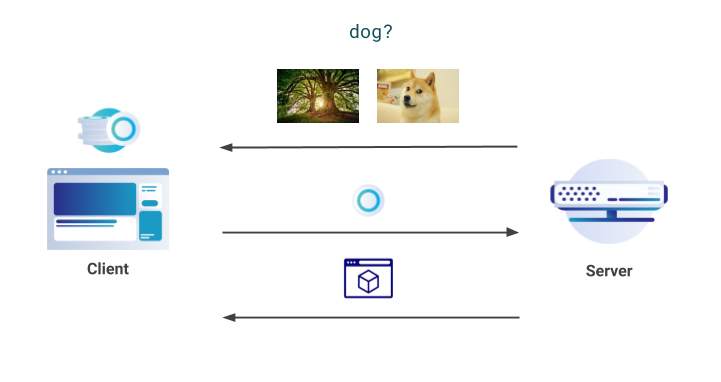
To use Privacy Pass, clients can install an open-source browser extension available in Chrome & Firefox. There have been over 150,000 individual downloads of Privacy Pass worldwide; approximately 130,000 in Chrome and Continue reading
Tales from the Crypt(o team)
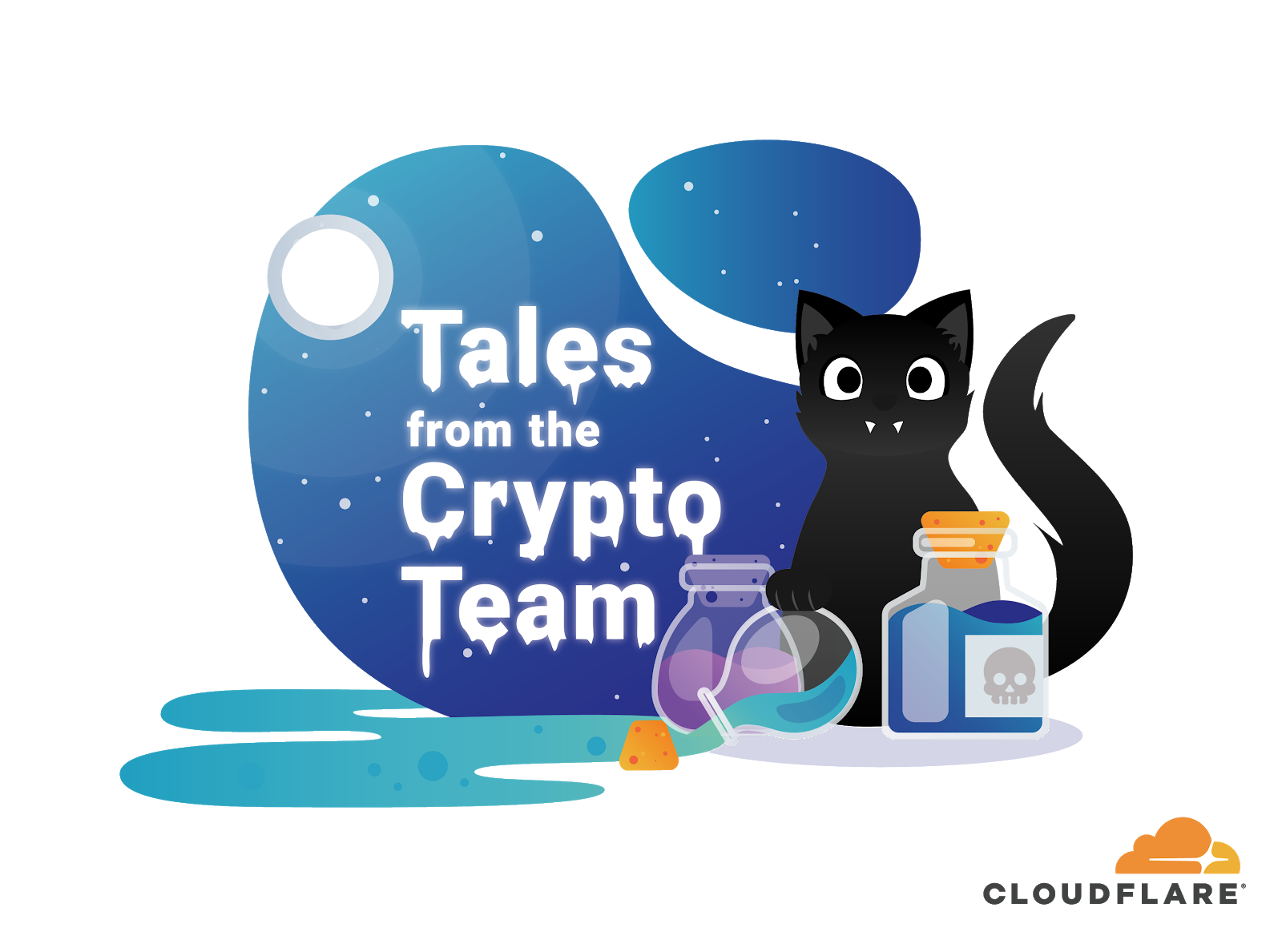
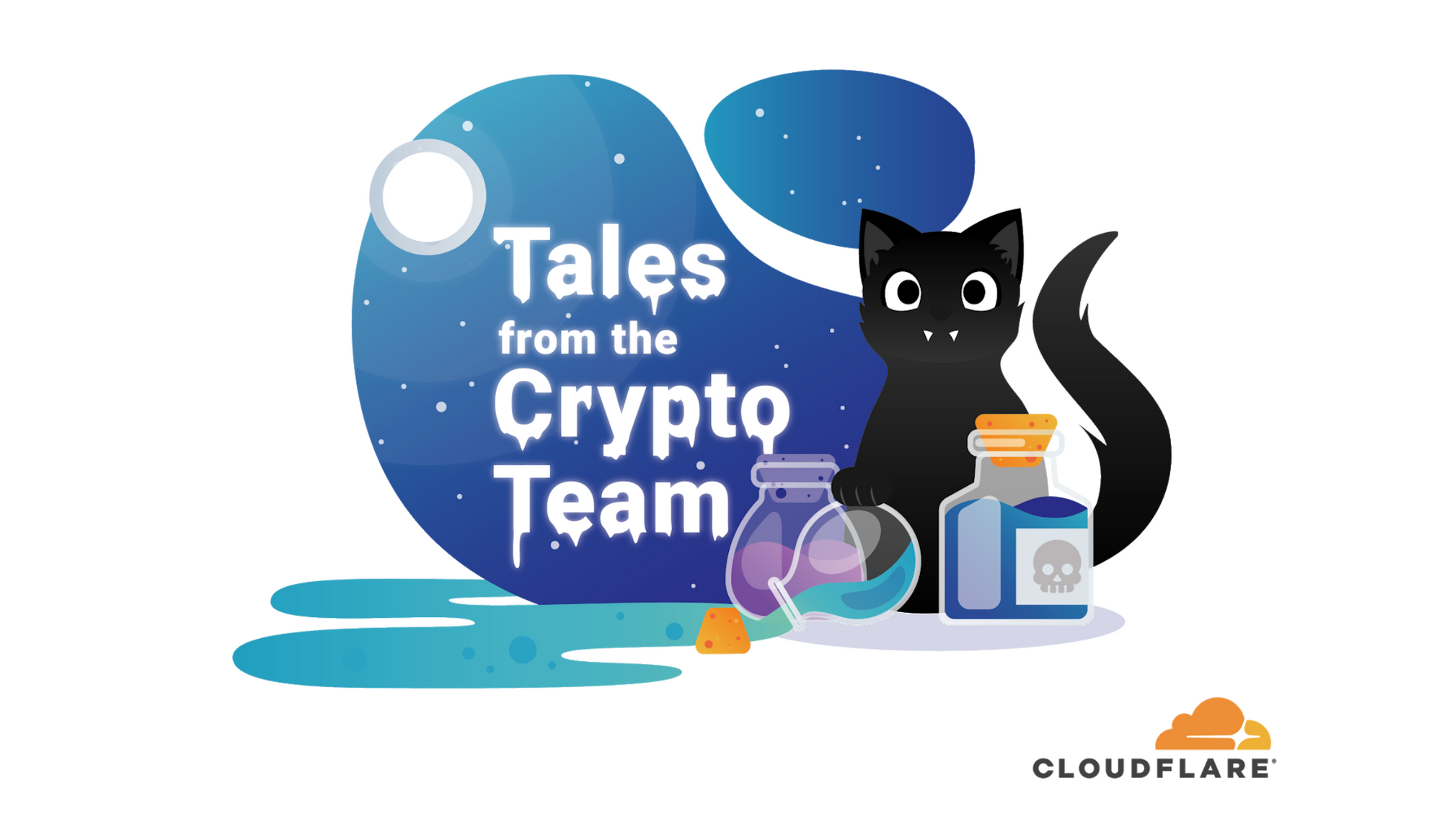
Halloween season is upon us. This week we’re sharing a series of blog posts about work being done at Cloudflare involving cryptography, one of the spookiest technologies around. So bookmark this page and come back every day for tricks, treats, and deep technical content.
A long-term mission
Cryptography is one of the most powerful technological tools we have, and Cloudflare has been at the forefront of using cryptography to help build a better Internet. Of course, we haven’t been alone on this journey. Making meaningful changes to the way the Internet works requires time, effort, experimentation, momentum, and willing partners. Cloudflare has been involved with several multi-year efforts to leverage cryptography to help make the Internet better.
Here are some highlights to expect this week:
- We’re renewing Cloudflare’s commitment to privacy-enhancing technologies by sharing some of the recent work being done on Privacy Pass
- We’re helping forge a path to a quantum-safe Internet by sharing some of the results of the Post-quantum Cryptography experiment
- We’re sharing the rust-based software we use to power time.cloudflare.com
- We’re doing a deep dive into the technical details of Encrypted DNS
- We’re announcing support for a new technique we developed with industry partners Continue reading
Cisco Networking Trends Report: ‘Intent-Based Networking Is Coming’
Winter is coming, and according to Cisco's 2020 Global Networking Trends Report released today, so...
Slow Service Provider Sales Muddle Juniper’s Q3 Earnings
Growth within the company's enterprise, security and software businesses wasn't enough to offset...
The End of SD-WAN’s Party In China

As I was listening to Network Break Episode 257 from my friends at Packet Pushers, I heard Greg and Drew talking about a new development in China that could be the end of SD-WAN’s big influence there.
China has a new policy in place, according to Axios, that enforces a stricter cybersecurity stance for companies. Companies doing business in China or with offices in China must now allow Chinese officials to get into their networks to check for security issues as well as verifying the supply chain for network security.
In essence, this is saying that Chinese officials can have access to your networks at any time to check for security threats. But the subtext is a little less clear. Do they get to control the CPE as well? What about security constructs like VPNs? This article seems to indicate that as of January 1, 2020, there will be no intra-company VPNs authorized by any companies in China, whether Chinese or foreign businesses in China.
Tunnel Collapse
I talked with a company doing some SD-WAN rollouts globally in China all the way back in 2018. One of the things that was brought up in that interview was that Continue reading
Weekly Wrap: Ex-Cisco Execs Launch Pensando, Target Amazon
SDxCentral Weekly Wrap for Oct. 25, 2019: Pensando wants to democratize the cloud; Amazon continues...
Public keys are not enough for SSH security
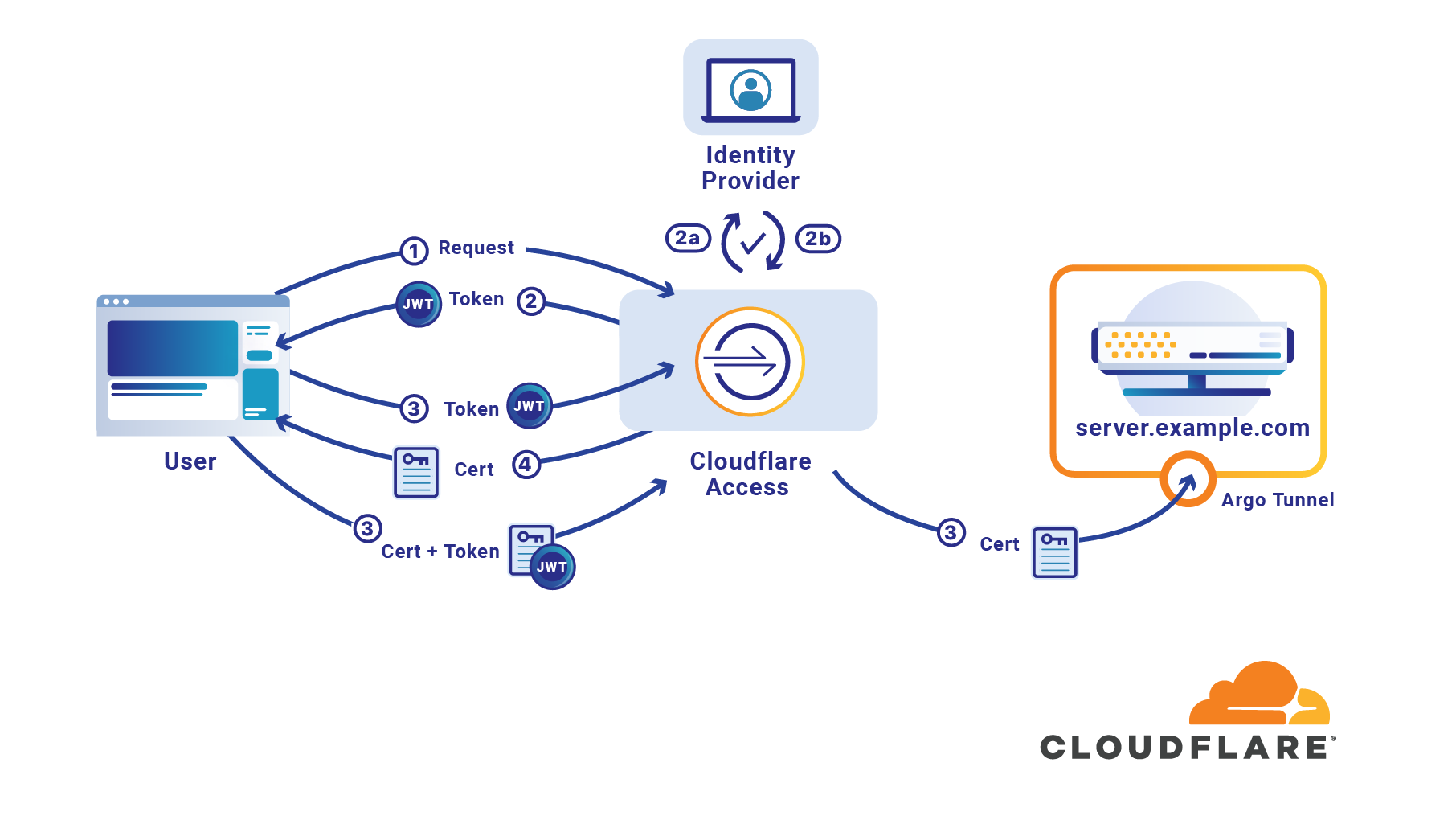
If your organization uses SSH public keys, it’s entirely possible you have already mislaid one. There is a file sitting in a backup or on a former employee’s computer which grants the holder access to your infrastructure. If you share SSH keys between employees it’s likely only a few keys are enough to give an attacker access to your entire system. If you don’t share them, it’s likely your team has generated so many keys you long lost track of at least one.
If an attacker can breach a single one of your client devices it’s likely there is a known_hosts file which lists every target which can be trivially reached with the keys the machine already contains. If someone is able to compromise a team member’s laptop, they could use keys on the device that lack password protection to reach sensitive destinations.
Should that happen, how would you respond and revoke the lost SSH key? Do you have an accounting of the keys which have been generated? Do you rotate SSH keys? How do you manage that across an entire organization so consumed with serving customers that security has to be effortless to be adopted?
Cloudflare Access launched support Continue reading
Enable GitOps for Kubernetes Security – Part 1
“How do I enable GitOps for my network policies?”
That is a common question we hear from security teams. Getting started with Kubernetes is relatively simple, but moving production workloads to Kubernetes requires alignment from all stakeholders – developers, platform engineering, network engineering, security.
Most security teams already have a high-level security blueprint for their data centers. The challenge is in implementing that in the context of a Kubernetes cluster and workload security. Network policy is a key element of Kubernetes security. Network policy is expressed as an YAML configuration, and works very well with GitOps.
We will do a 3 part blog series covering GitOps for network policies. In part 1 (this part), we cover the overview and getting started with a working example tutorial. In part 2, we will extend the tutorial to cover an enterprise-wide decentralized security architecture. In the final part, we will delve into policy assurance with examples. Note that all policies in Tigera Secure (network policy, RBAC, Threat detection, Logging configuration, etc.) are enforced as YAML configuration files, and can be enforced via a GitOps practice.
By adopting GitOps, security teams benefit as follows.
- Take your policies with you. Kubernetes cluster creation Continue reading
Teridion’s Cloud SD-WAN Service Glides Into China
The company aims to help multinational enterprises with branch offices in China shift their traffic...
VMware on White House Cybersecurity: ‘The Night’s Watch Is Very Thin’
An internal memo warns that “the White House is posturing itself to be electronically compromised...
What to Look for When Choosing a VPN

We welcome this guest post from Top10VPN.com, an Organization Member of the Internet Society.
The search for online privacy has driven a quarter of the world’s Internet users to download a Virtual Private Network (VPN). VPN services are now an important tool for anyone concerned about security and privacy on public networks.
There’s a world of difference between VPNs, though. Without clear and unbiased information many users are forced to navigate their choice of VPN without much clarity.
Why is choosing the right VPN provider so important?
Whenever you switch on a VPN you are entrusting its provider with your personal data, browsing activity, and sometimes even your security. For this reason, VPN providers must be held to a higher standard than most products. It’s important you do your due diligence when making a decision.
What should I look out for?
A good VPN will ensure that no one – even the VPN itself – can see what the user is doing online. Consider the following qualities:
Technical Security
The most secure VPN services will be transparent about the measures they have in place to safeguard their users and their business.
Any VPN worth its salt will offer Continue reading
Nokia VP: 5G Security Risks Are Huge
5G's impacts on society will be immense, and so will its security implications, said Mary O'Neill,...
BlackBerry CTO: ‘More Security, Less Friction Is The Dream’
BlackBerry has invested billions in security technologies and acquisitions in its quest to replace...
5G Spectrum Crunch Drives Conversation at MWC LA 2019
FCC Chairman Ajit Pai echoed other speakers sentiments about the need for more low-, mid-, and...
Microsoft Moves on Mover Months After Movere Move
Mover supports the migration of files from more than a dozen cloud providers, including Box,...